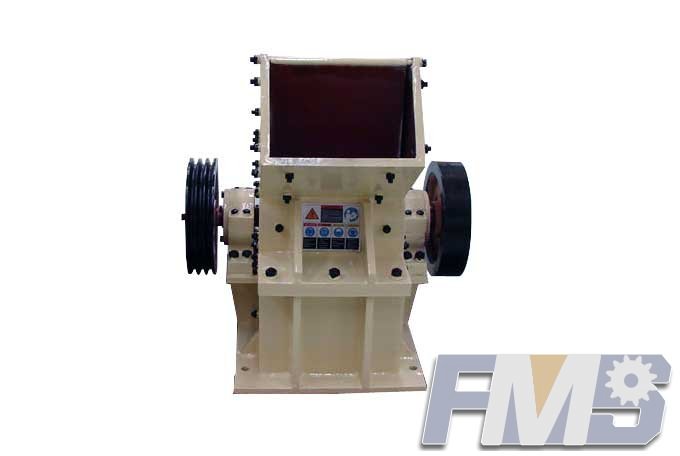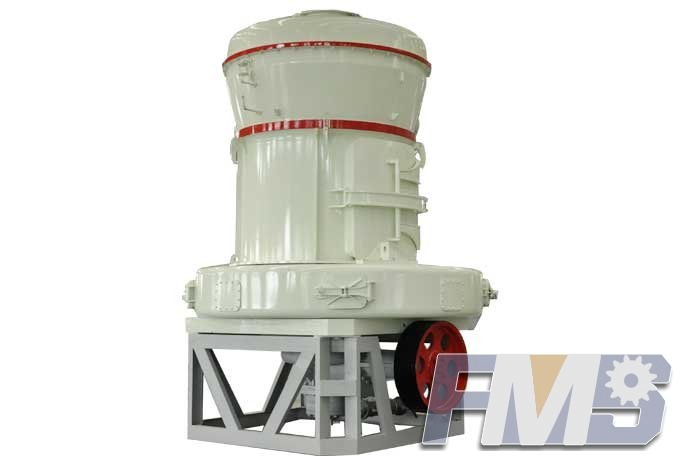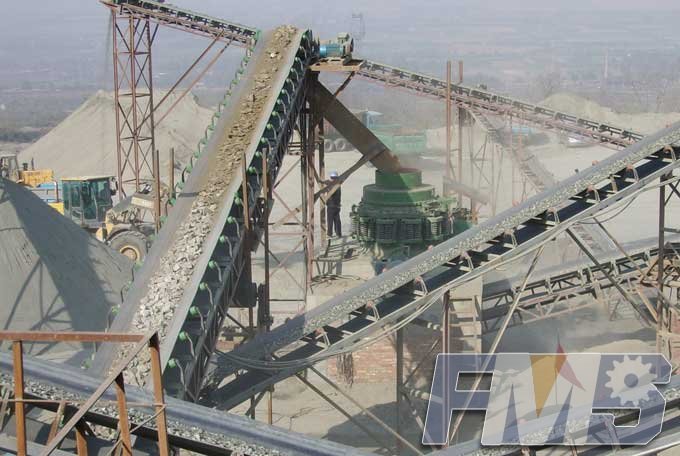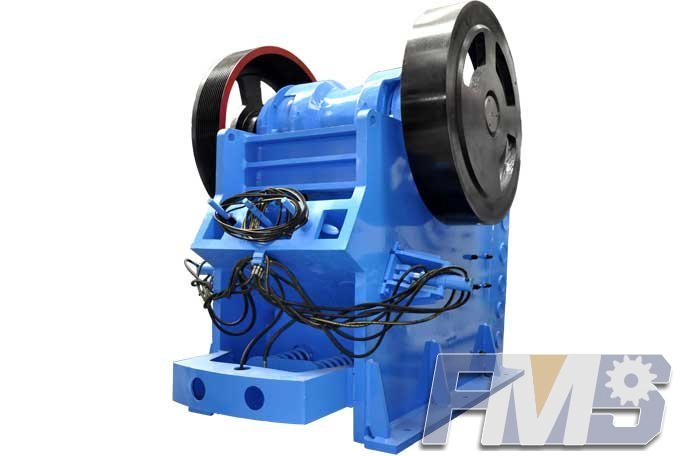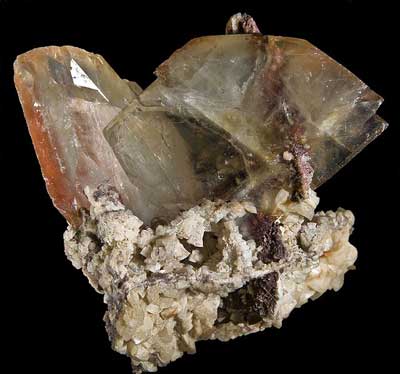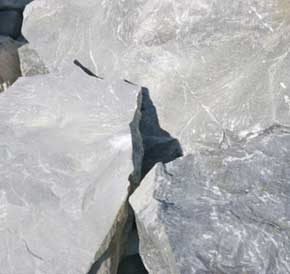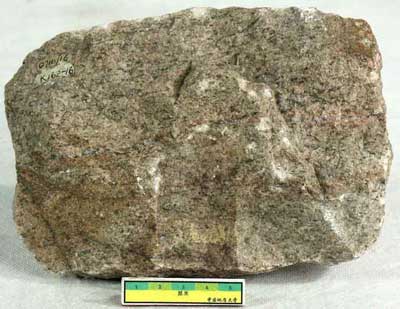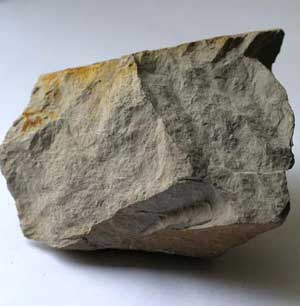Cement Grinding Plant
After cooling, the clinker can be stored either in the clinker dome, silos, and bins or in open air. Larger stocks can be stored in the open if the necessary precautions against dust formation are taken. The material handling equipment used to transport clinker from the clinker coolers to storage and then to the finish mill is similar to that used to transport raw materials (e.g. belt conveyors, deep bucket conveyors, and bucket elevators). To produce powdered cement, the nodules of cement clinker are ground to the consistency of face powder. Grinding of cement clinker, together with additions (3-5% gypsum to control the setting properties of the cement) can be done in ball mills, ball mills in combination with roller presses, roller mills, or roller presses. While vertical roller mills are feasible, they have not found wide acceptance. Coarse material is separated in a classifier that is re-circulated and returned to the mill for additional grinding to ensure a uniform specific surface area of the final product.
Portland Cement is produced by inter-grinding cement clinker and sulphates such as gypsum and anhydrite. In blended cements (composite cements) there are other constituents, such as granulated blast furnace slag, natural or artificial pozzolanas, limestone, or inert fillers. These will be inter-ground with the clinker or may need to be dried and ground separately. (Grinding plants may be at separate locations from clinker production plants.)
The kind of cement grinding process and the plant concept chosen at a specific site depend on the cement type to be produced. Of special importance are the grindability, the humidity and the abrasive behavior of the compounds of the cement type produced.
Most mills work in a closed circuit, that is, they can separate cement with the required fineness from the material being ground and return coarse material to the mill.
The accuracy and reliability of metering and proportioning of the mill feed components by weight is of great importance for maintaining high energy efficiency of the grinding system. The predominant metering and proportioning equipment for the material feed to mills is the belt weigh feeder.
Due to the variety of cement types required by the market, latest-generation grinding systems equipped with a dynamic air separator predominate.
Power consumption for grinding depends on the specific surface area required for the final product and the additives used. Electricity use for raw meal and finish grinding depends strongly on the hardness of the material and the desired fineness of the cement as well as the amount of additives. Blast furnace slags are harder to grind and hence use more grinding power, between 50 and 70 kWh/ton for a 3,500 Blaine 1 (expressed in cm 2 /g). Traditionally, ball mills are used in finish grinding, while many plants use vertical roller mills. In ball or tube mills, the clinker and gypsum are fed into one end of a horizontal cylinder and partially ground cement exits from the other end. Modern ball mills may use between 32 and 37 kWh/ton for 3,500 Blaine cement.
Modern state-of-the-art concepts utilize a high-pressure roller mill and the horizontal roller mill that are claimed to use 20-50% less energy than a ball mill. The roller press is a relatively new technology, and is more common in Europe than in North America. Various new grinding mill concepts are under development or have been demonstrated
Tags: Cement Grinding MachineCement Grinding PlantCement Grinding Mill for Sale
Get Detail Information:
(If you do not want to contact to our online customer service, please fill out the following form, Our client manager will contact you later. We will strictly protect your privacy.)


